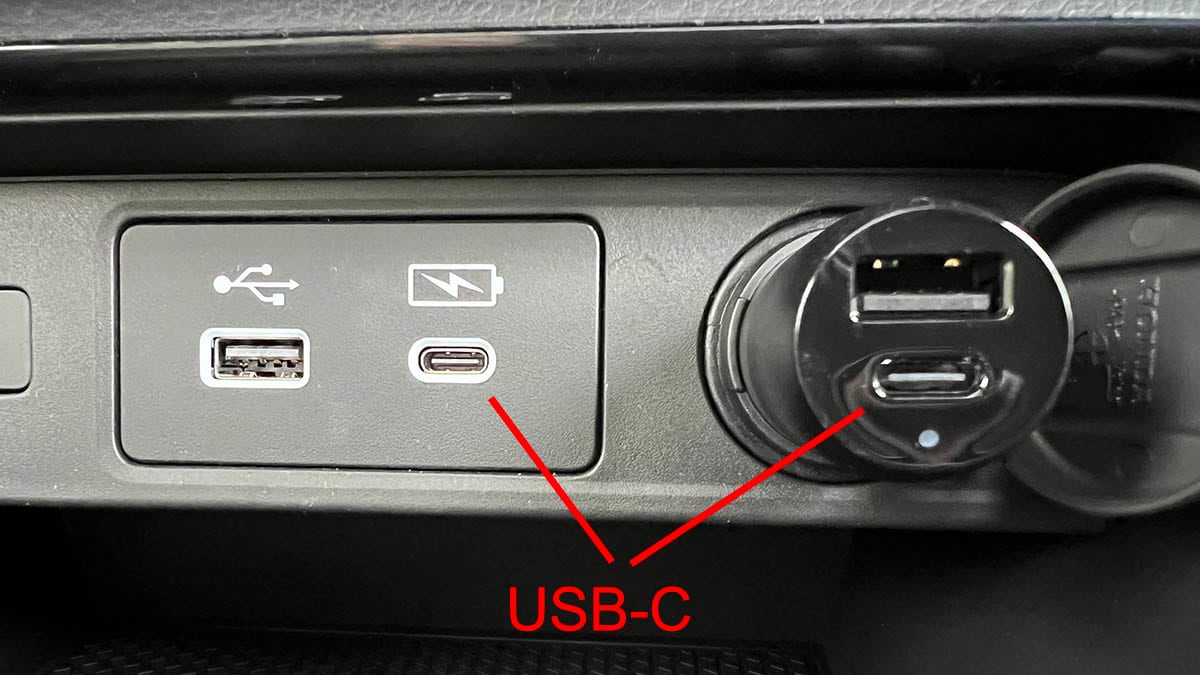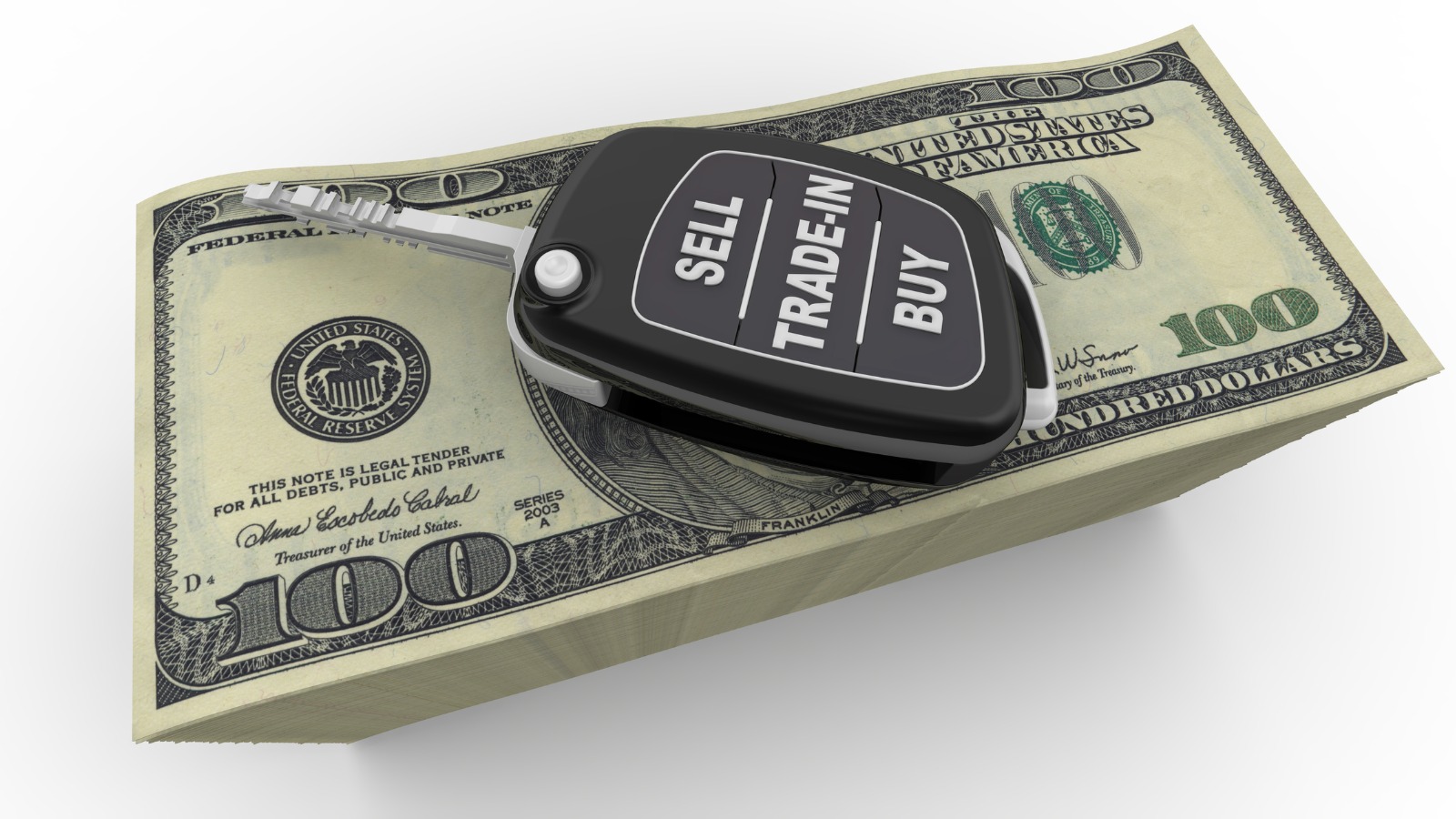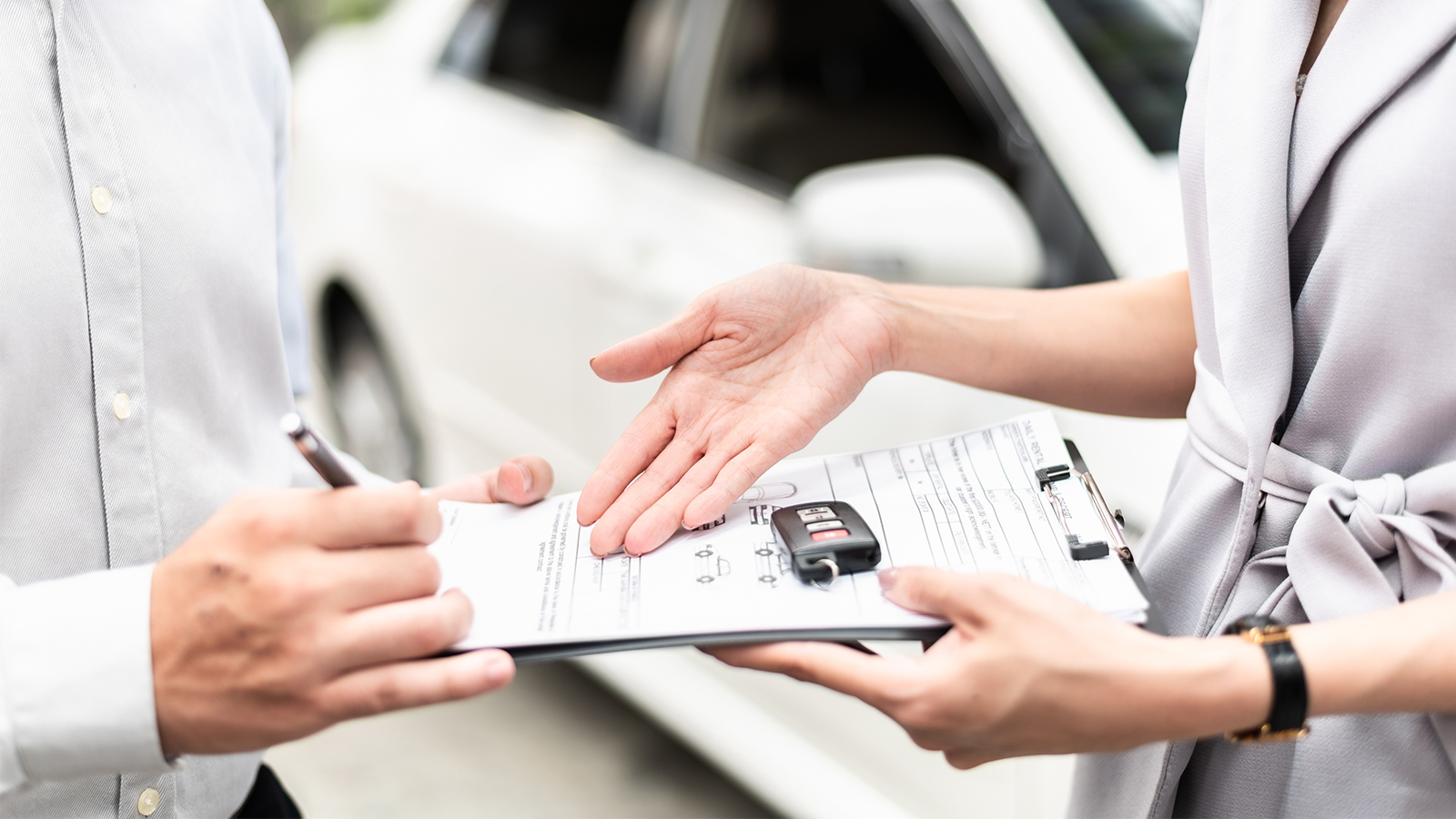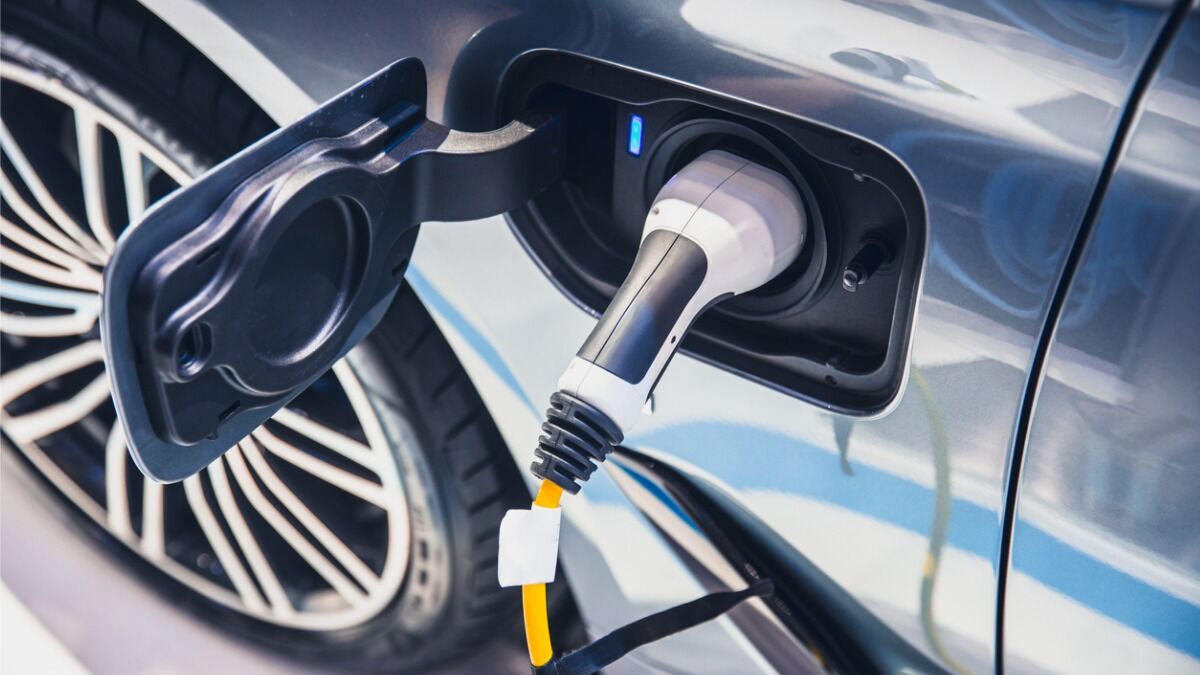Quick Facts About USB-C Charging
- More user-friendly, a USB-C connection offers the potential for faster charging and data delivery, and it’s more convenient to use.
- USB-C connections have become more common in new cars.
- Apple devices with Thunderbolt 3 connections are compatible with USB-C.
As car technology increases by leaps and bounds, one newer bit of tech seems somewhat ignorable for all but the more committed techies: USB-A versus USB-C device charging. This is an international debate that has spilled over into car manufacturing. However, with few exceptions, most carmakers have integrated USB-C ports somewhere into the trim-level makeup of every model, if you’re searching for a new car today. Since we first published this USB-C roundup, this technology has spread across the vehicle landscape like kudzu on a hillside in Georgia. When mainstream automakers like Chevy and Ford can boast USB-C connections in all models, the technology has indeed reached critical mass. USB-C is becoming even further democratized with the release of new models and the redesign of current ones.
We don’t intend this story to be a definitive expose on the USB-A versus USB-C discussion or a deep dive into any other versions or types of USB connections. Yes, there are additional USB charging types, like USB-B. There are also mini, micro, and so forth. And then, you have Apple. Here, however, we are sticking to USB-A and USB-C.
Read on as we discuss some benefits of USB-C charging in general. Moreover, we’ll tell you how that translates into device charging in your vehicle. We’ll also list some carmakers and their models offering USB-C charging.
- What Is USB-C?
- What Is the Future of USB-C?
- What Are the Benefits of USB-C Chargers in Cars?
- What Are the Disadvantages of USB-C Chargers?
- USB-C Charger Adapter: How I Get the Most Out of USB-C in My Car
- What Cars Offer Built-In USB-C Chargers
- Final Take
What Is USB-C?
USB-C (USB Type-C) is a more advanced charging and data-delivery technology to accommodate the latest generation of power-hungry devices. USB-C can accommodate a higher power (and data) delivery than the more recognized USB-A, although the power specifications of the device, the power source’s port, and the connecting cable bind its effectiveness. In other words, USB-C has the potential and capacity to charge a device more quickly with the right equipment. This translates to data transfer, too, of up to 640 megabits per second (Mbps) versus 480 Mbps. Quicker is better, right?
What Is the Future of USB-C?
Most experts believe USB-C will eventually win out as the universal mode for charging. For instance, the European Union has crowned USB-C as the prevailing charging tech, mandating it beginning this year. Furthermore, there is a movement within the United States federal government to establish a national standard. If or when that happens, we suspect the winner will be USB-C. As a matter of fact, California has already passed legislation mandating that all small electronic devices sold in the state beginning in 2026 have USB-C ports.
In the meantime, the typical car shopper may wonder: what’s the big deal? That question isn’t surprising unless you are a user of Apple products with Thunderbolt 3 connections. Apple has phased out USB-A ports in several of its devices in favor of the USB-C compatible Thunderbolt 3 connector. For the rest of us, right now, USB-C in cars remains more of a want than a need. Still, all-new and recently redesigned models are more likely to offer USB-C among their trim levels.
RELATED: Dashcam for Cars: Is It Worth It?
What Are the Benefits of USB-C Chargers in Cars?
We won’t wander too far into the weeds here. There are currently very few differences between USB-A and USB-C charging in automotive applications. Here are some benefits of USB-C:
- Ease of use: As a matter of convenience, one of the more practical benefits is the USB-C’s ability to function no matter how you plug in the cable. Why does that make USB-C connections better? The widely adopted USB-A is a wide, rectangular shape with a trident embossed on the side of the male connector engineered to face up. Usually, you can only plug it in when the trident is facing up. However, even if you can somehow plug it in upside down, it won’t work because the connecting pins won’t make contact. The symmetrical, pill-shaped USB-C connector functions equally well, no matter which way you insert it. I’ve found this especially helpful when attempting to plug in while trying to keep my eyes on the road while driving.
- Faster charging capability: Although restricted by the limits of a vehicle’s power output port and the cable’s capacity for transferring a charge, USB-C can provide up to 20 times the charging speed of USB-A. That’s according to Digital Trends. However, you probably won’t see much speed benefit because of the USB 2.0 (2.5 watts) rate of the power output in most vehicles.
- Versatility: Thanks to USB-C’s greater power flow, it is better suited to charging larger devices like laptops. Moreover, it is compatible with Apple’s Thunderbolt 3 connections.
- Faster Data Transfer: Although data transfer speed depends on several factors, USB-C connections can transfer data at least twice as fast as USB-A.
Tip: Most vehicles, even newer ones, limit data transfer rates in USB-C ports to the slower 480 Mbps.
What Are the Disadvantages of USB-C Chargers?
- Compatibility: Many devices don’t offer USB-C connections, especially in previous generations. Using USB-C power ports will require buying new USB-A/USB-C cables.
- Confusion: Depending on the variables already discussed, USB-C doesn’t guarantee faster charging or data delivery. In other words, USB-C still lives in a USB-A world.
USB-C Charger Adapter: How I Get the Most Out of USB-C in My Car
[Editor’s Note: My personal car is a 2023 Hyundai Kona. Although Hyundai didn’t provide a USB-C port in its more affordable gas-fueled models in 2023, there was no need to worry. Quick research discovered a Type-C car charger that plugs into the Kona’s 12-volt power port.
There are variations on such auxiliary chargers, but mine provides USB-A and USB-C ports in one unit. The USB-A port doesn’t disperse any extra power beyond the 2.5 watts delivered by the car’s built-in USB-A port. However, the USB-C port can push as much as 45 watts. I also purchased a 60-watt USB-C-to-USB-C cable. You can find a variety of cables and chargers at brick-and-mortar stores and online retailers. I paid less than $35 total for both items.
Even with the much higher charging potential provided by the 12-volt USB-C charger and cable, my fast-charging capabilities are limited by my Pixel 6 Pro (Yes, I still have a Pixel 6 Pro) smartphone. Google claims a maximum charging rate of 30 watts; however, many independent testers report a number closer to 22 watts. Even so, it’s still measurably faster than 2.5 watts.]
MORE: Headlights Burned Out: What’s the Cost to Replace?
What Cars Offer Built-In USB-C Chargers?
We can’t begin to list every trim level by model with USB-C connections available or standard. Every mainstream carmaker offers USB-C connections somewhere in its model lineup. Several automakers offer USB-C in every model. Also, though we don’t break them out individually, most new fully electric vehicles (EVs) provide USB-C connections. Moreover, if an internal-combustion model with USB-C connectors has a plug-in hybrid (PHEV) or EV version, that version has them, as well. Here are examples, by manufacturer, of 2025 models offering USB-C ports somewhere among their trim levels. USB-C availability is ever-evolving; therefore, you shouldn’t consider this list complete.
Acura: All models
Alfa Romeo — Tonale
Audi: All models
BMW: All models
Buick: All models
Cadillac: All models
Chevrolet: All models
Chrysler — Pacifica
Dodge: All models
Ford: All models
Genesis: All models
GMC: All models
Honda: All models
Hyundai: All models
Infiniti: All models
Jaguar: All models
Jeep: All models
Kia: All models except Seltos
Land Rover: All models
Lexus: All models
Lincoln: All models
Lucid: All models
Mazda: All models
Mercedes-Benz: All models
Mitsubishi: All models
Nissan: All models
Polestar: All models
Porsche: All models
Ram: All models
Rivian: All models
Subaru: All models
Tesla: All models
Toyota: All models
Volkswagen: All models
Volvo: All models
Final Take
Although there are aftermarket workarounds like the one I found for my older Kona, they are just that: workarounds. I can say with almost certainty that even if the federal government doesn’t mandate USB-C ports for all new cars in the near future, many states will likely follow California’s lead. Likewise, device manufacturers will eventually phase out USB-A for the more efficient USB-C.








